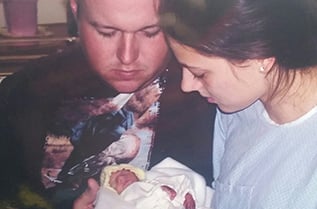
GGC has a long and successful history of research on X-linked intellectual disability (XLID). The JC Self Research Institute, a division of GGC, has been renowned as an international resource for scientists and clinicians seeking greater understanding of the diagnosis and causes of XLID, as well as prevention and treatment strategies. Many avenues of XLID research have been explored at the Institute, from studying the effects of a single gene mutation, to mapping genes along the X chromosome to developing strategies that help families in prevention of recurrences.
An intellectual disability is identified as a condition causing significant limitations in social and behavioral skills and cognitive abilities. It is estimated that up to 3% of the population lives with an intellectual disability (ID). Intellectual disability can be caused by environmental influences, but genetic causes, such as chromosomal anomalies and single-gene disorders account for more than half of moderate to severe cases.
XLID comprises a group of genetic conditions in which the causative gene mutation is located on the X chromosome. Because males have a single X chromosome, XLID predominantly affects males and is often passed through an unaffected carrier mother. Females with a single X-linked mutation have a 50 percent chance of passing on the mutation to their offspring.
While no longer an active area of study at GGC, we hope that the archived XLID resources below will continue to support clinicians in their diagnosis and treatment of patients with XLID.
Newly identified X-linked intellectual disability syndromes and localizations, new gene identifications, the status of nonsyndromal XLID (IDX), and the status of duplications of genes associated with XLID are presented in abbreviated form with appropriate references.
The linkage limits for XLID syndromes and IDX and the band locations for cloned XLID genes are provided in the accompanying illustrations. Click to download figures 1A-3 as pdfs.
A table is also available showing the genes associated with X-linked intellectual disability in order of their discovery.
